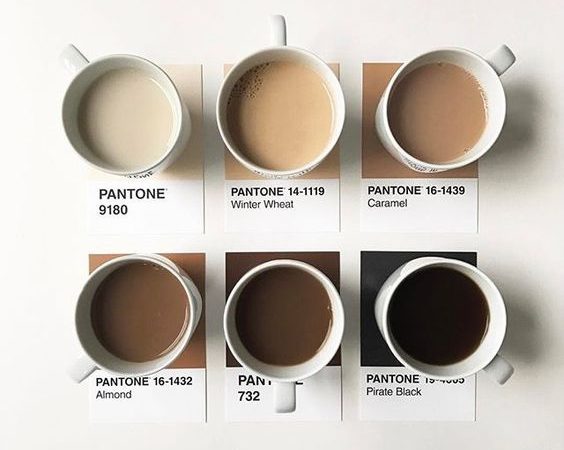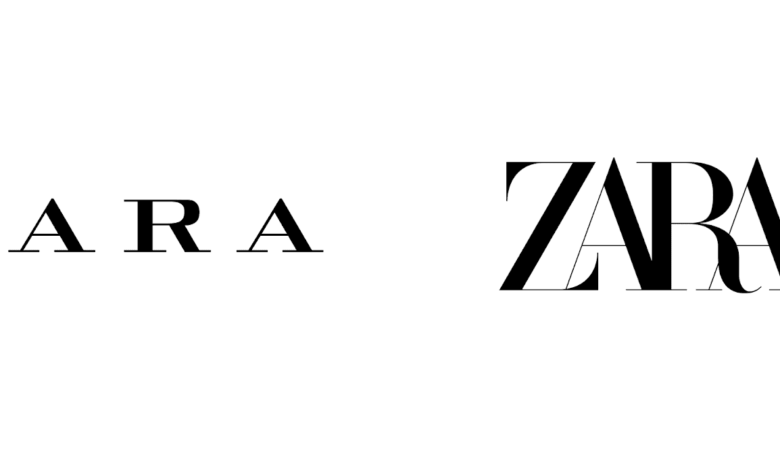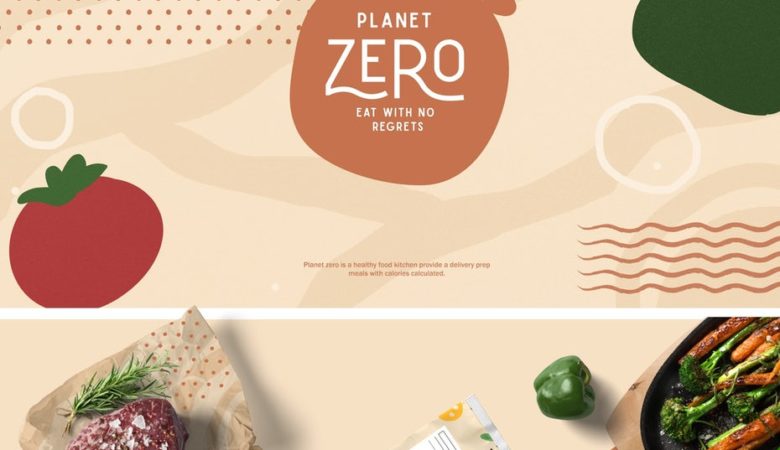There are so many techniques when it comes to web design, it’s hard to get a full grasp on all of them. Minimalism is one of the few which stand out from the crowd in a seemingly ubiquitous flow. The trend follows the concept of keeping things simple and easy to work with.
Removing clutter from pages helps users focus their attention on the things that really matter. Page content, images, contact information, and the presentation hierarchy that removes gradients and web 2.0 distractions. Check out a few of the ideas below in regards to minimalistic designs and see how you can incorporate these into your own projects.
How Does Minimalism Work?
The idea of minimalism in designs is not a new one. In fact, it’s been present in the art community for centuries. With the move into digital design we find things to be a bit different as the objects we’re designing are constantly changing.
Minimalism works by playing on your visitors keen attention, or rather lack thereof. Most visitors who visit your blog or website will not spend more than a few seconds on the page, maybe a few minutes if you’re lucky. This isn’t because they truly don’t care or hold apathetic viewpoints towards your content. Rather in our world of fast-paced action users know how easy it is to jump from one website to the next in almost an instant.

Playing on these pieces to your users attention span by placing content is easy to read layouts is the basis behind which minimalistic designs are built. You will frequently see much more typography and white space with fewer images and buttons as distractions.
Although there isn’t any guidebook for running minimalistic designs there are plenty of guidelines to follow. Additional white space is one such idea, along with the removal of unnecessary page elements.
Less is More – Adding Space for Readability
Designs where “less is more” often don’t turn out too good. Most commonly you’ll see designs like this running blank white pages with black text and a logo – not exactly the most exciting website around.
When grasping the concept of minimalism you have to understand how white space ties into your content. All that additional padding and space where there isn’t anything to look at – that’s called white space. It gives the reader’s eyes a break from so much content and helps them skim through text a lot easier.

A good way to envision this is to consider a common textbook, maybe one from your favorite History course in high school. Generally these will contain large blocks of text with images and diagrams placed every so often. These are good examples of layouts with almost no white space (and they’re pretty hard to read, go figure).
One of my favorite blogs is written by Fred Wilson at https://www.avc.com/. His design is one such example of utilizing white space to enhance the appearance of text on a page. Although I wouldn’t label his blog theme as entirely minimalistic it does hold attributes of proper padding and white space, all key properties of minimalistic designs.
Elements of Simplistic Typography
Digital text is truly the most important aspect of any website. Unless you’re running a video or photo-viewing application the reason you have visitors to your page is to read content, so that content had better be presentable.

From a minimalists view of things content should be the main focus. This means all of these flashy newsletter signup boxes and live Twitter feeds are just distractions from what visitors really want. These elements aren’t totally bad or should be thrown out the window. They just don’t hold a place in true designs based on the concepts minimalism.
The two main elements when it comes to typography are headers and paragraph text. They both require plenty of white spacing as mentioned above, but they also need to stand out to your readers. Adding margins to your headers will visually separate them from the rest of your text. Contextually you may consider adding different properties to your headers such as italics, underlines, resizing or recoloring, too.
Paragraphs will generally stand out on their own as large blocks of text. You can make them easier to read by increasing font size and adding more space between lines (known as line-height). Keep your font colors much darker than your background but not so dark they contain deep contrast and hurt your eyes when skimming. Mess around with color choices to find the perfect in-between before moving on.
Keep your Layouts Unique
The truly exciting principle which keeps minimalism alive and thriving is how unique layouts can be. When all you (as the designer) have to worry about is context you are free to move things around at will. No longer are you stuck to a rut of 2 or 3 column layouts. You can break out of the mundane and really show off some creativity!
This doesn’t imply you can just throw elements together and come out with a beautiful design; far from it. We can consider as an example the portfolio of Berit Somme, an illustrator based out of Norway. His design boasts a powerful header and footer area with central content containing his digital works on display. All of the basic webpage elements are still there in one form or another, but it’s how they are applied in a creative way that truly makes the design.

When looking back on these styles there are only a few things to consider. Ensuring your goals have been met is a big one. Page content should also be easy to read and easy to skim through. There are plenty of showcases for minimalism to be found all around the web. These can be very helpful when looking for inspiration to get started.
It’s a truly diverse world out there as the field of web design advances into the future. Consider the ideals of a minimalistic viewpoint when starting your next web design, even if you don’t plan to go all-out. Many of the concepts held within minimalism can be applied to all website projects to relieve clutter and clarify the purpose of your design.





Great article! By the way, Berit is a woman, not a man.
Although Berit is (according to her portfolio) 4 cm taller than me ( =( ), she is still a woman.
Great Post! I absolutely love the minimalistic look, designed correctly websites can look amazing.
wow! great article!
i’m putting affort to build somethg minimalism! hahhaahha….
I must say, I do love minimal design. When it comes to keeping a web design, or any design for that matter simple, I’m all for it. I also like the idea of whitespace and how it can negatively or positively affect a design layout as a whole.
Great post. I am in the process of designing my blog. This was great help.
Personally I prefer Minimalistic look. It gives a quality feel to the blog.
Hey, great post – I am a web designer and developer, on a day-to-day basis I work in a variety of projects for a broad range of different clients all wanting different styles. Recently I designed a minimalist website for one of my clients which looked great… It had a simple black against white logo for that initial impact, a nice amount of strong typography and the right amount of white space. Thanks for sharing this with us – it was a really interesting read and anyone unfamiliar with guidelines for minimalist designs will definitely learn something from this.
I’ve always been a believer in less is more… very interesting article! thanks
You are absolutely right that just throwing elements together with a beautiful design is not enough now-a-days, A web Design should be unique and creative as well.
Regards,
Anny
Great article – I am a massive fan of minimalism, less is more – though I do tend to still opt for dark rather than light to fill the space – see my site at thepigfarmer.com – keep up the great work. thanks, – Max.
Good article, minimalist designs always seem to be the most creative.
Can I suggest practicing what you preach? A sidebar full of irrelevant nonsense and ads does not say ‘minimalist design’ to me.
Does anyone else see the irony of having an article about minimalist design on a site that boasts no less than 22 ads (including one animated ad directly below the H1!), 4 social media icons, a form, 14 navigation items, 40 links (with icons), 50 recent articles links, 5 google ads, a search field, and 23 ‘other resources’ links?
It hurts that so many commenters apparently missed that.
Oh common, guys) they need to make money anyways. So let them do that, so we all have the possibility to read superb articles.
Your own site does not display what you are promoting, given the huge sidebar full of visually distracting ads, long lists of tiny thumbs for articles, etc. And BTW: Simple typography is good. Simplistic typography makes it sound as if it was done by someone with limited mental powers.
hmmm I guess you didn’t read your own article, with your site being full of crap and ads… not very simple…
Do as we say, not as we do?
lol clean and simple, except for that side part that put me into a seizure
your own site looks like an aisle in the 711. It’s almost as awesome as godaddy.com and x10.com, both exhibit the same approach to minimalistic web design.
Do you not read what you write? Or do you not believe in it?
Yes we do believe what we write, but I don’t think it was said that minimalism is right for every type of website, especially for those that generate revenue through ads.
We write about all kinds of web design trends, but that doesn’t mean we have to try and incorporate everything we write about into this site. That would be kinda silly.
I don’t think that all the commenters missed the point you bring up, it’s just that they appreciate what we provide them and understand that this is a business.
This is a joke. Praising a minimalist web design, then filling your page to the brim with crap. Please get rid of everything on the right side of the page and the annoying flash thing at the bottom. Then this page might actually look quite cool.
Removing the ads probably wouldn’t be the smartest thing to do, considering they fund this site. This is a blog about web design, but it’s also a business.
No, there is a world of difference between having an ad or two to pay the bills and what you have done, posting 20 large, often animated ads.
I don’t think two ads can pay the bills. 😀
I feel like minimalism was a unique style that really stood out. But right now it seems to be so over and superficially used. Anything that has a white background and pretty type can be labelled as ‘minimal’.
The examples shown above are great – we need to go deeper in minimalism.
a great article… i’m working on my new portfolio now and it’s just what you write about in this article, the content will be the most important.. i really like minimalism.
I actually think that not anyone can produce effective minimalistic designs… you have to be a minimalistic as a person, too. It’s a way of life.